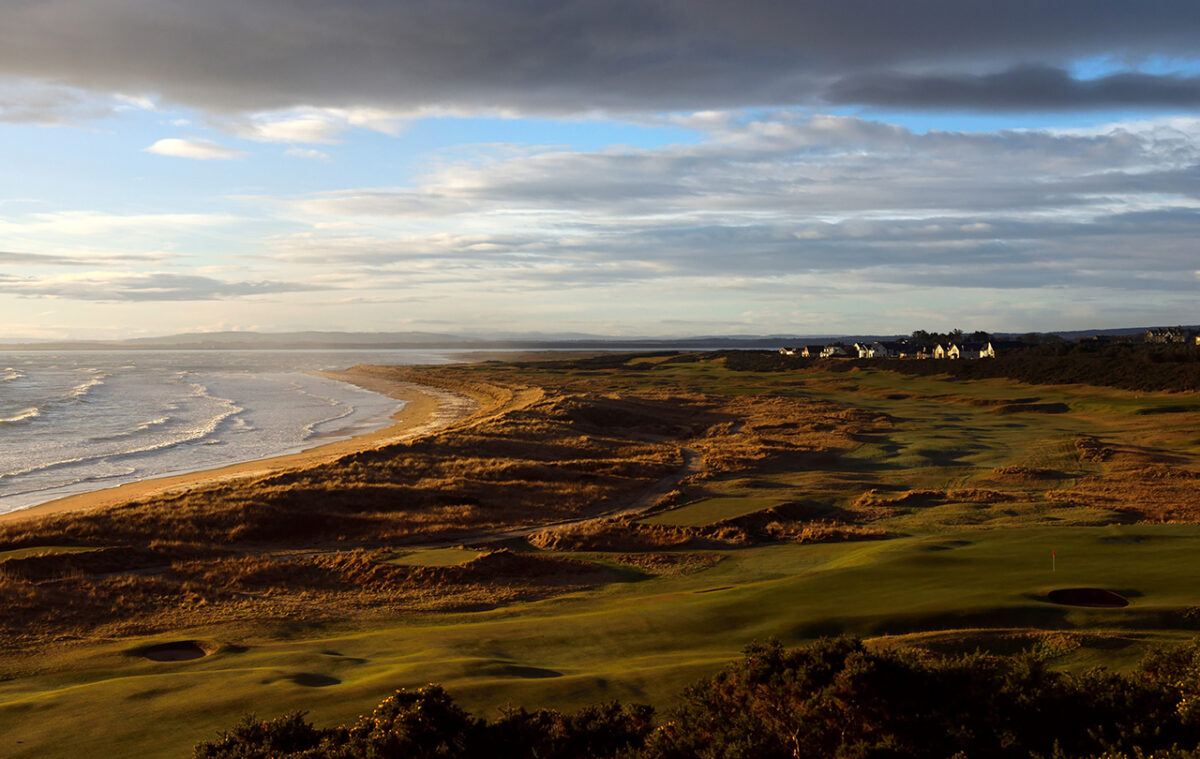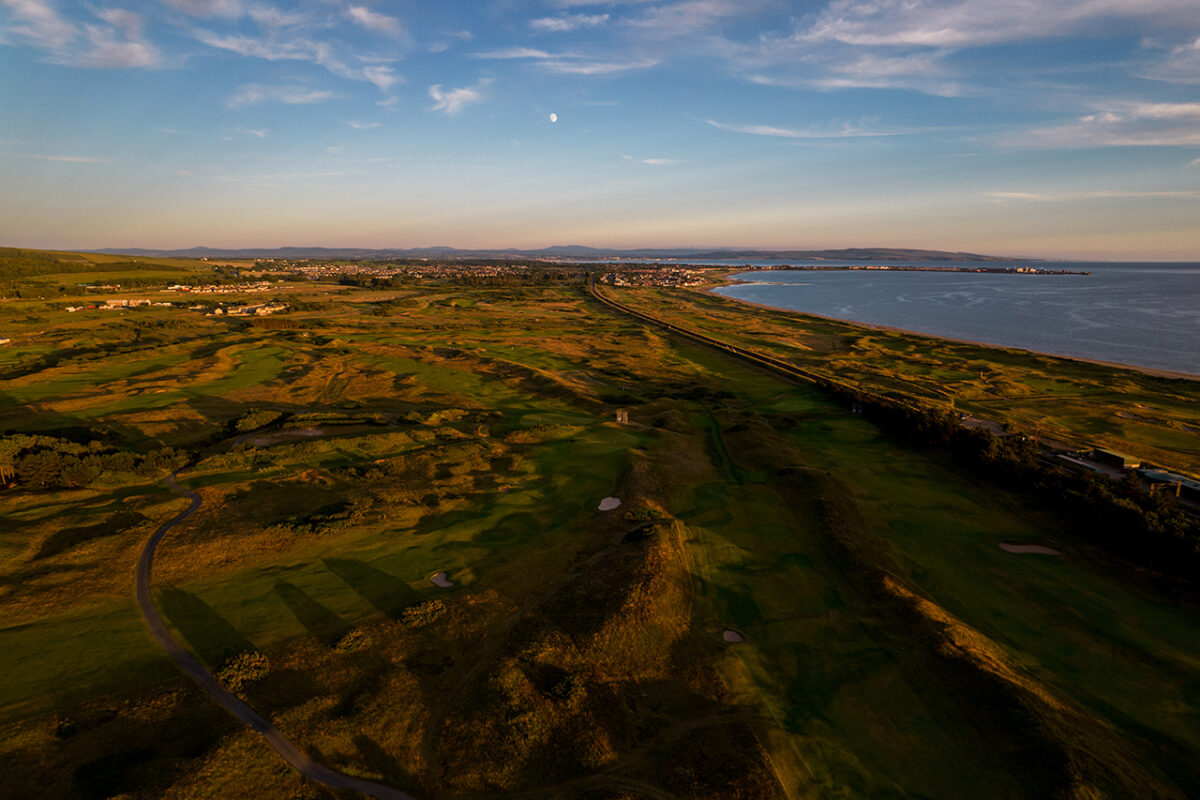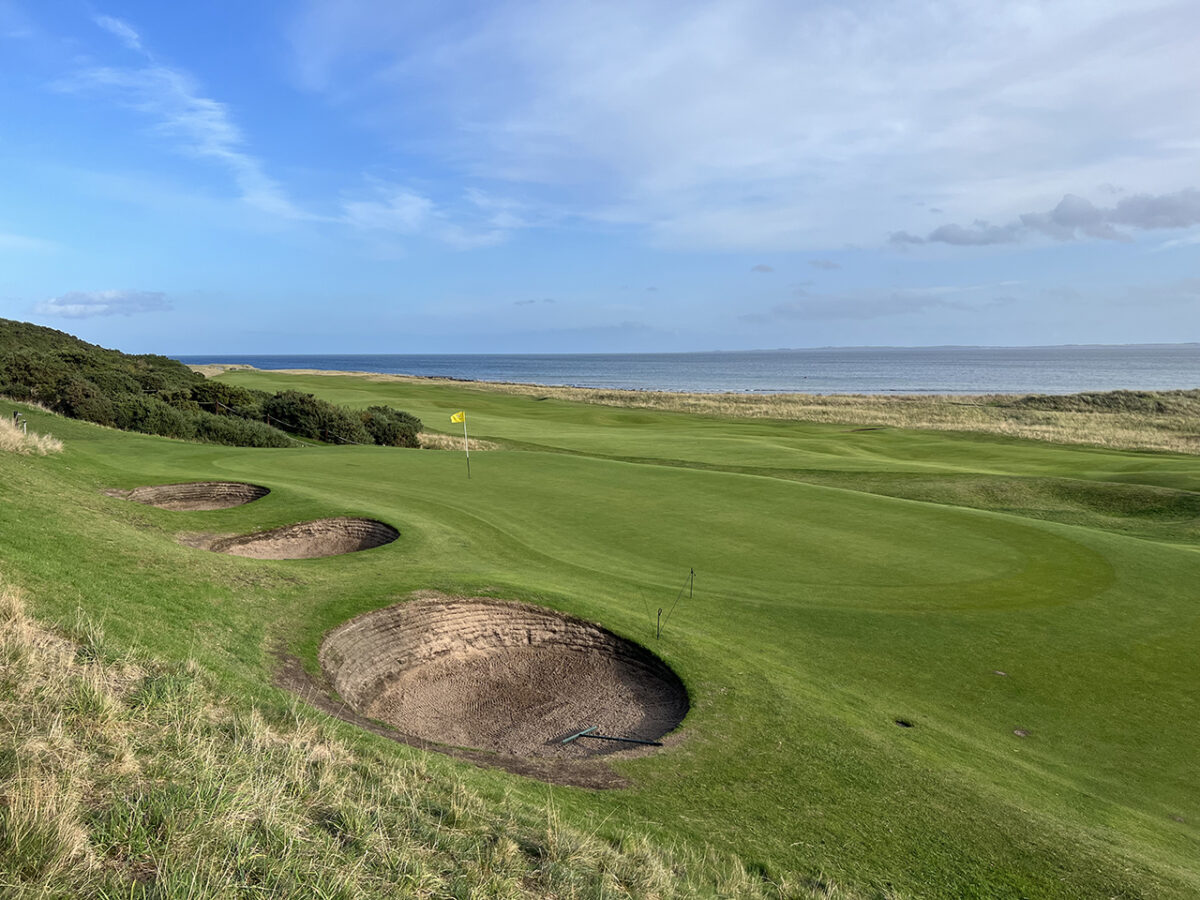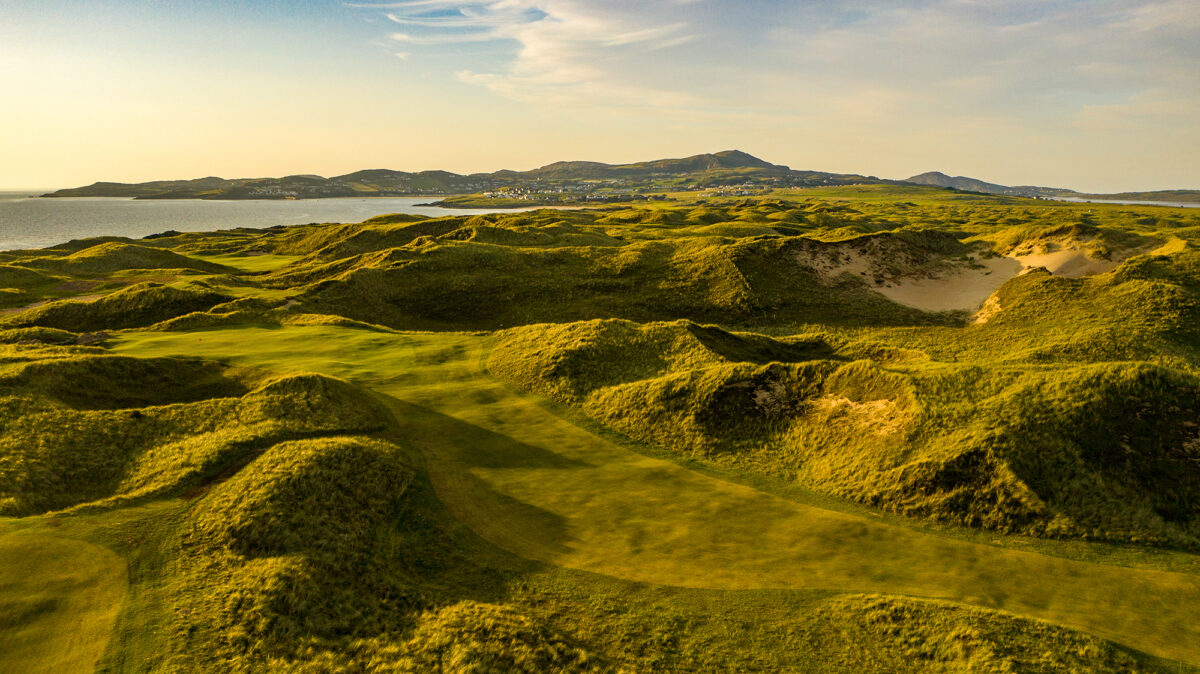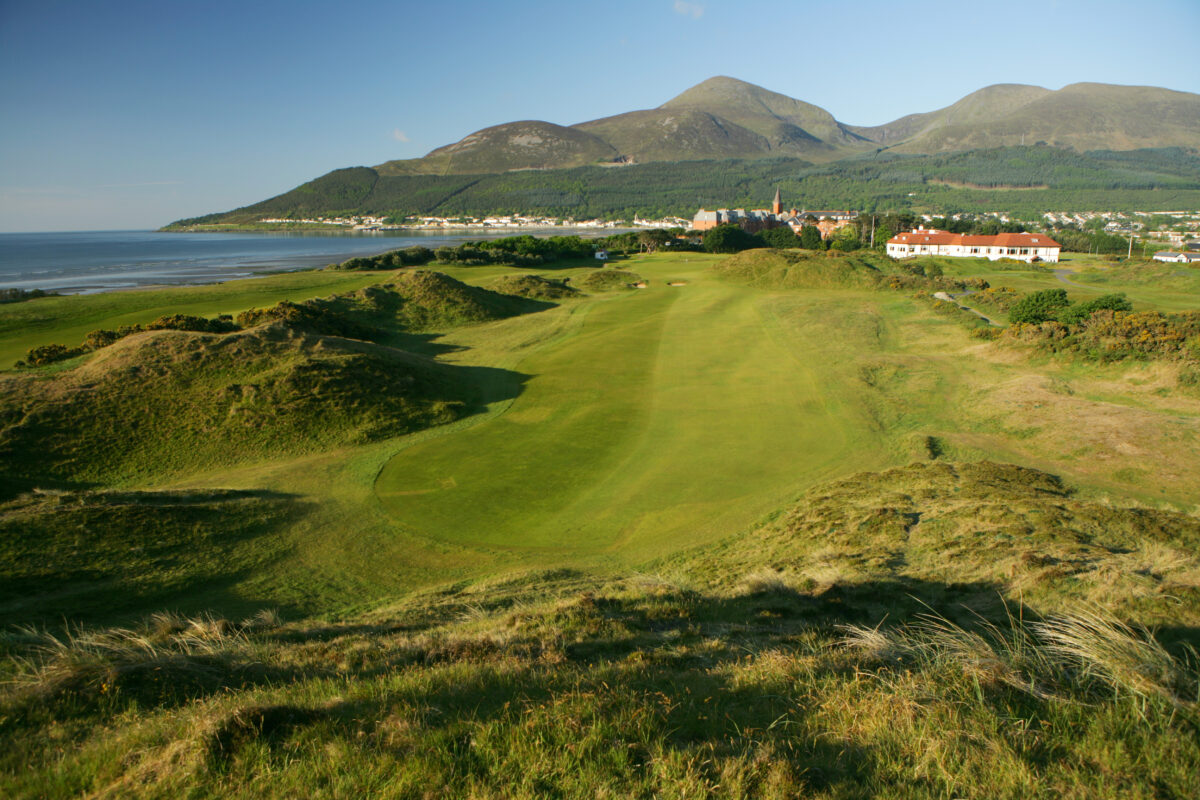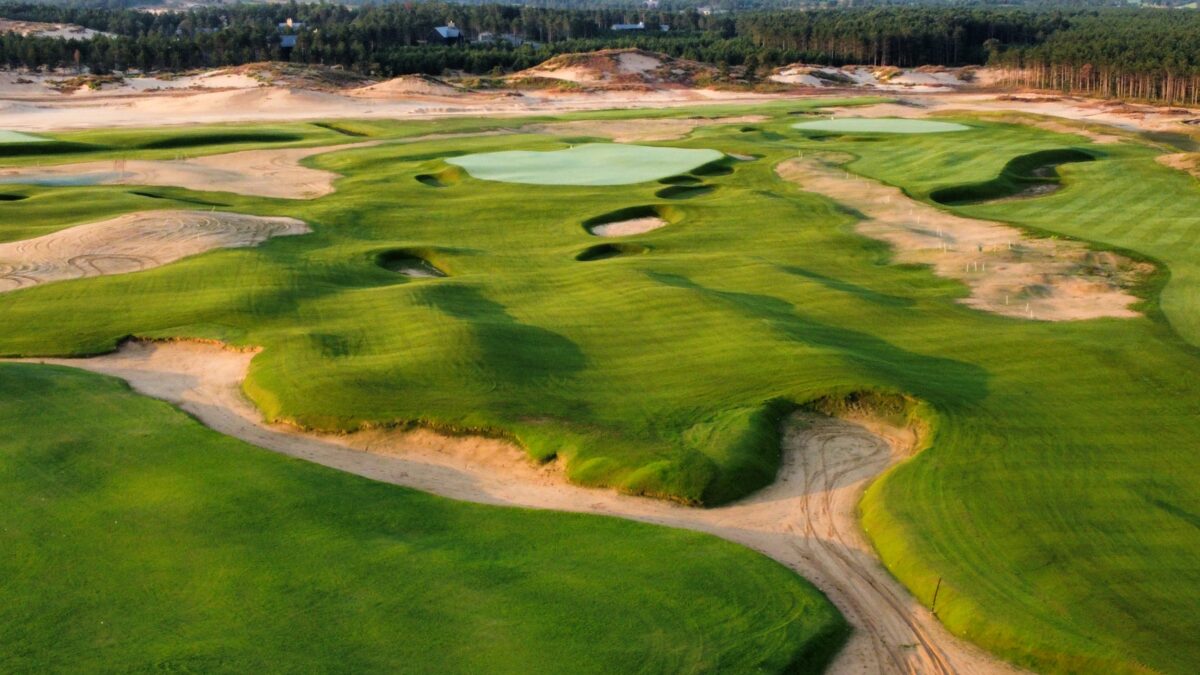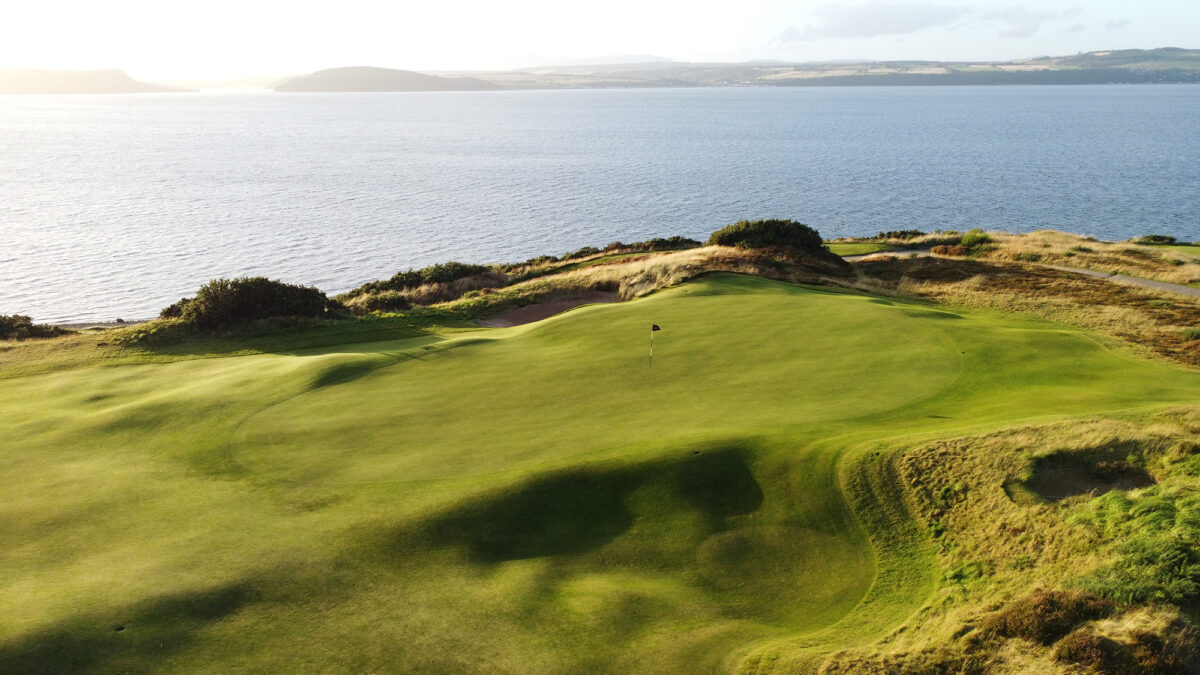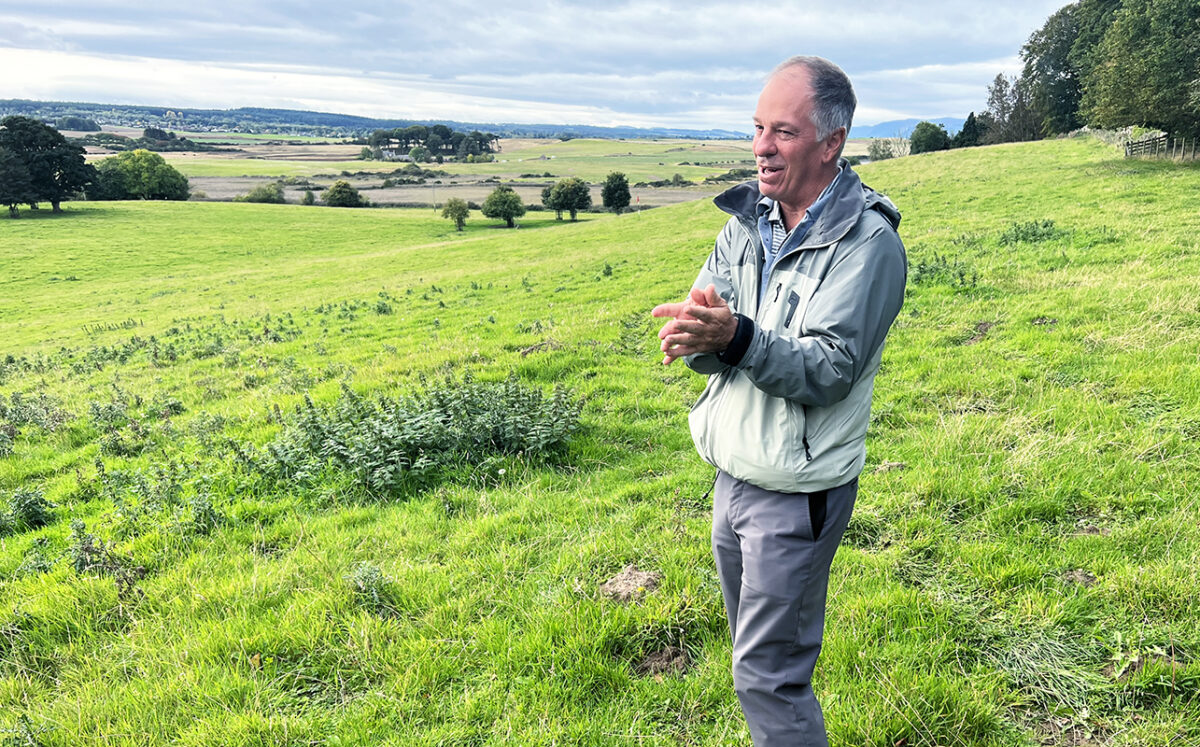Royal Dornoch, a historic golf course in the northern reaches of Scotland which can trace its roots in the sport back to the early 17th century, is renowned for taking care of its members.
In keeping with this ethos, it is now thought to be the first club in the world to install life-saving defibrillators on all its golf buggies.
There are more than 30,000 cardiac arrests annually in the UK, with “an unacceptable” survival rate of less than 8 percent.
With access to a defibrillator in addition to CPR (cardiopulmonary resuscitation) the odds of someone’s survival can jump from around 6 percent to 74 percent.
Royal Dornoch has installed a Phillips AED (automated external defibrillator) on all five carts that are hired out to golfers with medical conditions. Another will be used by the club’s “roving ranger.”
The club already has two kits in its clubhouses but Neil Hampton, general manager of the club, said he wanted to go further after meeting Surrey businessman David Sullivan and former England international footballer John Salako, who are both ambassadors for the Heart Start campaign.
Sullivan took part in a three-month, 1,100-mile fundraising challenge last year which saw him hit golf balls from John O’Groats to Lands’ End, teaching CPR skills to 40,000 people en route.
He said: “Neil Hampton and the team looked after me during the challenge, listened to my story and expressed an interest in fitting their buggies with defibrillators.
“Royal Dornoch is the first course in the world to install potentially life-saving defibrillators and first aid kits on each of their golf buggies but, hopefully, it won’t be long before others follow suit,” said Sullivan, who embarked on his crusade after suffering the tragedy of losing four close friends in their forties, all to cardiac arrest.

“We are seeing more and more golf clubs around the UK purchasing defibrillators for their clubhouses. That is fantastic. But we believe clubs can go one step further to protect members and visitors by providing defibrillators in every buggy going out onto the course.”
Royal Dornach’s general manager believes other golf clubs will embrace the concept.
“We were very impressed with what David and John have been doing to promote the use of defibrillators,” he said. “We have had one at the clubhouse and at the halfway house for several years. Luckily, they haven’t been called into action so far, but defibrillators have a track record of saving lives.
“Now we have installed a Phillips AED on all five buggies that are hired out to golfers with medical conditions. Another is used by our roving ranger and that could prove particularly invaluable if someone is in distress.
“They are simple to use, the machine talks you through what to do in the event of an emergency.”
A heart attack is when blood flow to the heart is blocked.
Sudden cardiac arrest is when the heart malfunctions and suddenly stops beating. A heart attack is a “circulation” problem and sudden cardiac arrest is an “electrical” problem
Sullivan said: “Our mission is to increase investment in life-saving defibrillators and educate as many people as possible on how to perform CPR.
“The chances of a victim of cardiac arrest surviving are enhanced greatly if a defibrillator can be used within the first three minutes. Stats show the survival rate can be boosted by around 70 percent.
“Given the size of your average golf course, it makes sense to kit out buggies with equipment that can be called upon quickly in an emergency.”
Code Blue CPR offers a support package to golf clubs and defibs that require no maintenance as they self-analyze every day and alert staff of any issues, such as a low battery.
[afflinkbutton text=”Book your trip to Royal Dornoch today” link=”https://www.golfbreaks.com/en-us/vacations/highlands/royal-dornoch-golf-club/championship-course/?cid=999740450&utm_medium=referral&utm_source=golfweek&utm_campaign=best_uk_ire_modern_courses_q1_23_gw”]
[mm-video type=playlist id=01es6rjnsp3c84zkm6 player_id=01evcfxp4q8949fs1e image=]
We occasionally recommend interesting products, services, and gaming opportunities. If you make a purchase by clicking one of the links, we may earn an affiliate fee. Golfweek operates independently, though, and this doesn’t influence our coverage.
